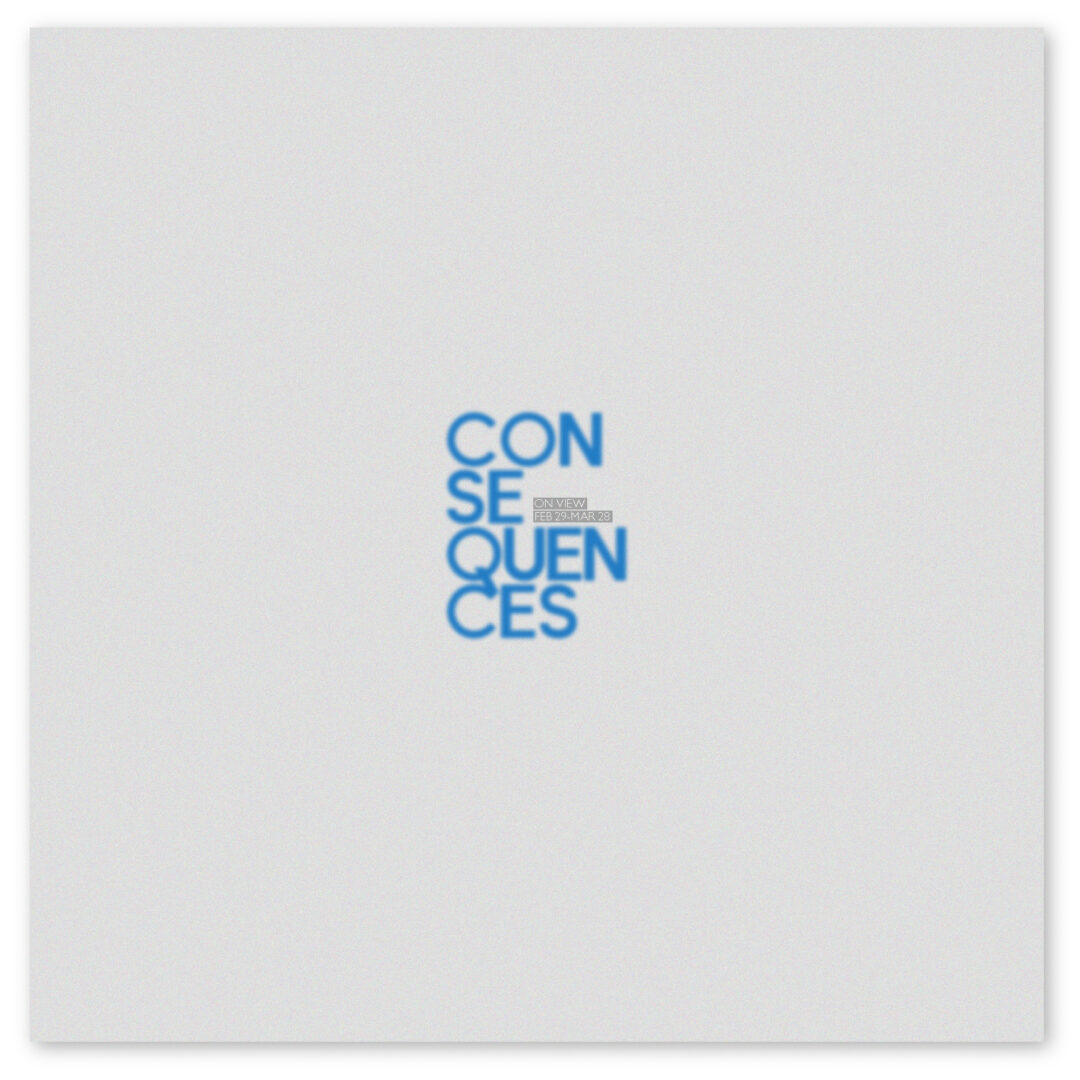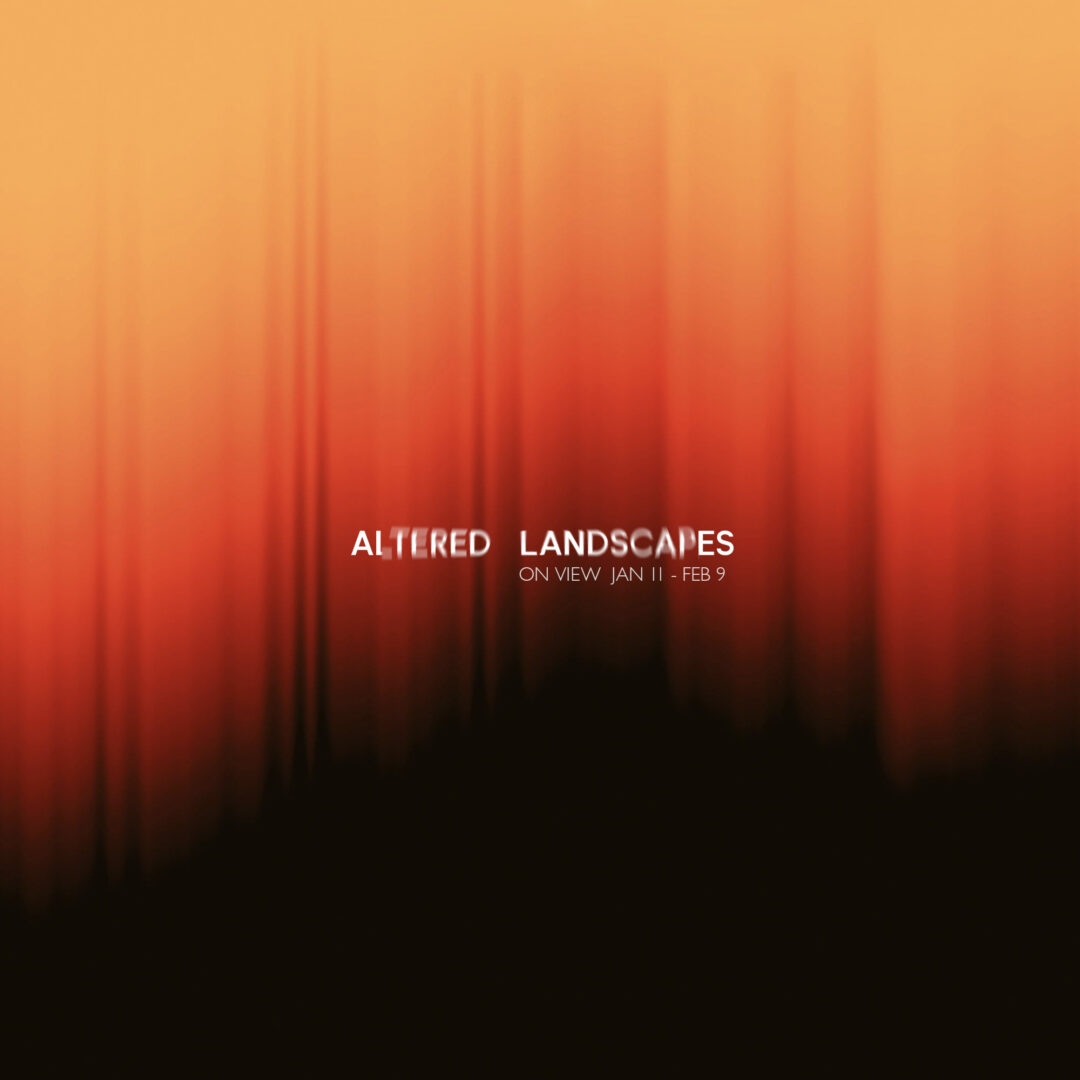Rani Bruchstein’s images blur the lines between urban landscapes and surrealist portraits. Like many contemporary photographers, he explored the reinvention of images from everyday life, incorporating nods to art history in works that cite without resorting to illusion. Drawing from an atavistic memory, he reclaims signs and symbols while retaining his interest in the lens and what happens beyond the captured scene.
Galería Azur presents a proposal that showcases and interweaves two lines of the artist’s research. On the one hand, he focuses on a gaze that geometrizes architecture and freezes urban scenes, and on the other hand, the portrait operates as a discursive metaphor. Firstly, the desire for stability, balance, and strength is represented in the architecture, while the latter emerges as a joyful deviation from language that resonates with unexpected senses.
Detailed, deserted, and silent scenes, echoing the sound of a passerby’s footsteps, are captured in the photographs. Men, women, and androgynous beings display plasticity and grace through forms, gestures, and symbols that address issues of gender identity, the reconfiguration of the body in response to its environment, and the individual as a generator of change through their physical reverberations. This selection of photographic pieces intersects with other references, either with formal modernist traditions or ethnic elements.
Through his stylistic compositions, the fundamental legacy of Man Ray is also evident, consisting of questioning or rejecting aesthetic conventions and replacing them with analytical strategies of cultural or ideological components of any form of representation. Appropriation, contextualization, and alteration of objects are a common denominator in Rani’s work, thanks to the psychology of portraiture and the connotations beyond the image, which surrealism gifted us, implying that behind each capture is something more than just a nice frame.

Ceres González
Art Curator and Art Critic. GALERIA AZUR









